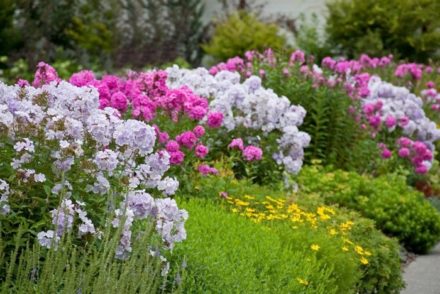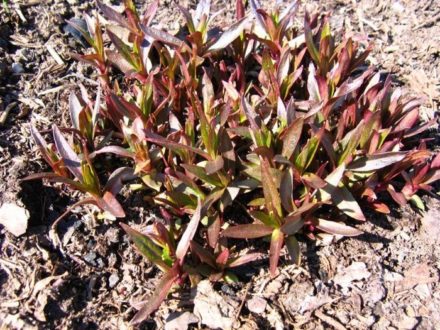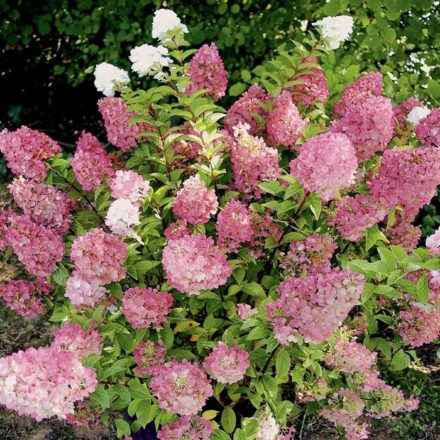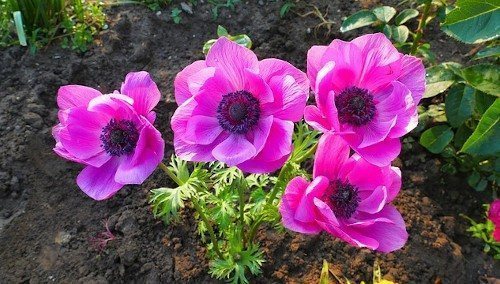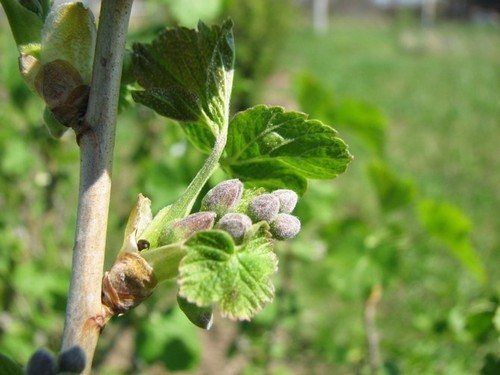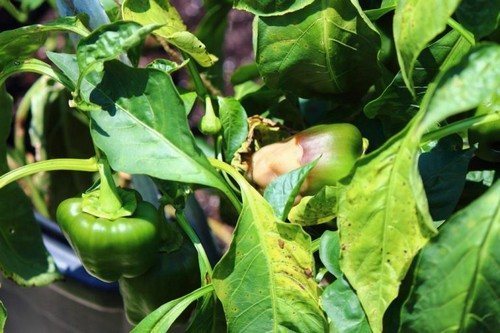One of the most popular flowers in the world, phlox, will only color the garden and envelop it with a light, wonderful aroma when all the rules for caring for them are strictly followed. Moreover, for this you do not need to study botanical textbooks and encyclopedias - it is enough to follow 8 tips from the moment of planting until preparation for winter.

Choosing a suitable site
The soil in the area of the garden allocated for phlox should be loose and fertile, for which:
- in the spring, organic fertilizers are added - rotted compost and complex mineral fertilizers, necessarily with a high level of nitrogen and phosphorus;
- 3-5 days before planting, the soil is dug up to 15-20 cm, simultaneously adding a little river sand and fine-grained peat.
Ideally, the soil should be neutral. With high acidity, it is recommended to add wood ash or dolomite flour.

Phloxes are one of those rare flowers that are not afraid of excess moisture, so they can be planted even where groundwater is close to the surface.
A flower bed with phloxes should be protected from direct sunlight, you can arrange it in the shade of outbuildings or a fence that can protect the flowers from winds that are dangerous for fragile stems.
From the point of view of biological compatibility, phloxes should not be planted close to shrubs and trees with a powerful root system located close to the soil surface.Phlox flowers: 8 tips for planting and care
- Skip to content
- Wash
- Ironing
Stains

Cleaning
Things
Pests
Technique
Storage
- Dishes
- Interior
- Garden
- Adviсe
- Phlox flowers: 8 tips for planting and care
Selecting a suitable site

The soil in the area of the garden designated for phlox should be loose and fertile, for which:
in the spring, organic fertilizers are applied - rotted compost and complex mineral fertilizers, always with a high level of nitrogen and phosphorus;
3–5 days before planting, the soil is dug up to a depth of 15–20 cm, while adding a little river sand and fine peat.
Ideally, the soil should be neutral. For high acidity, it is recommended to add wood ash or dolomite flour.
Phlox belongs to those rare flowers that are not afraid of excess moisture, so they can be planted even where groundwater lies close to the surface.
A flower garden with phlox should be protected from direct sunlight; you can arrange it in the shade of outbuildings or a fence that can protect the flowers from winds that are dangerous for the fragile stems.
The best and worst neighbors
- From the point of view of biological compatibility, phlox cannot be planted close to shrubs and trees with a powerful root system lying close to the soil surface.These include, in particular, lilac, willow, birch, as well as cherry and plum - phlox simply cannot compete with them for extracting nutrients.
- If you have a fantasy of decorating a rose garden with phloxes, then for this purpose you need mature and strong bushes of the latter, since roses often suffer from powdery mildew and phloxes are also vulnerable to it.
- 5 useful tips for planting catharanthus in open ground
- As for decorative compatibility, landscape designers advise mixing phlox with the following flowers when planting in the garden:
- saxifrage, primroses and dwarf irises on alpine hills;
- astilbes, lungwort, helenium and basil, if we are talking about phlox varieties for late summer and autumn, for example, Hochgesang, Orange;
A spectacular composition can be obtained from phlox and choisia, cistus, camellia, lavender, and if you choose spirea or dwarf barberry, in bad weather they will protect the phlox from being bent down to the ground by rain streams.

Phlox propagation
Annual phloxes are propagated by seeds, and hybrid varieties (marked F1) must be purchased in the store, since planting material collected in your garden will not transmit to the “offspring” the characteristics of the “parental” plants.
- Vegetative propagation methods are available for perennial phlox, and novice gardeners are not recommended to prefer sowing them with seeds - this is a really long and labor-intensive process.
- When dividing the bush, it is removed from the ground and the rhizome is disassembled into parts (by hand and with a knife in the place where the root collars have grown together). And each fragment should ultimately have a root bud.Dividing the bush can be done in the spring, immediately after the snow melts or in early September. The division of the bush is also carried out in order to rejuvenate the phloxes every 5-6 years, and if this rule is neglected, they become smaller in color.
- Phlox can also be propagated by cuttings, and this method exists in several versions:
spring cutting before the formation of buds, when the lower part of the stems is rooted;
autumn cutting, in which, due to lignification of the lower parts of the stems, their upper parts are rooted;
cuttings by stepsons formed in the hollows of leaves at the height of summer. It is noteworthy that they can be immediately planted in the ground;

from flowering plants, for example, if you want to get phlox from a presented bouquet. To do this, cuttings are cut from the middle of the stems;
root cuttings, used when the stems are infected by nematodes.
Phlox can also be propagated by layering. To do this, you need to select a healthy stem, bend it to the ground and fix it by covering it with earth and compacting it. If the shoot is hard and is more likely to break than bend, it needs to be covered with earth to the maximum height and wait for young roots to appear on the branches. Then one of the roots with shoots is separated and planted in a permanent place.
- Growing seedlings
- Sowing of seeds is carried out from the end of February to the beginning of April, with clarification of the timing depending on local climatic conditions - the warmer the later.
- Planting containers must have drainage holes and be at least 6–7 cm deep.
- The substrate is prepared from humus, peat and sand, taken 1 part and 0.5 part perlite; when buying soil in a store, you can take any universal flower one.
The seeds of annual phlox have a high germination rate, so they can be sown without pre-treatment, but if you want, you can soak them in a growth stimulator, following the instructions of preparations such as Epin-Extra or Zircon.
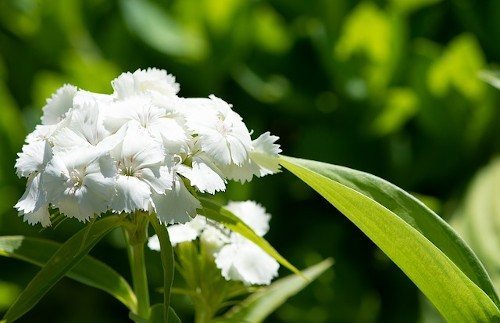
It is not necessary and even contraindicated to bury phlox seeds - they simply will not germinate. Simply lay them out on damp soil at a distance of 2–3 cm from each other, press them lightly and put them under glass, film or transparent plastic to create a favorable greenhouse effect.
Further rules for caring for seedlings are as follows:
- for 5–7 days before germination, the seeds are kept in the light at +23…25 °C;
- after germination, the shelter is removed and the temperature is reduced to +20 °C;
- daylight hours for the development of seedlings are increased to 14 hours by additional lighting with lamps;
after the appearance of 2-3 true leaves, the seedlings are picked, planted in individual containers;
after picking, the seedlings are kept in the shade for 2 days;
2 weeks after picking, the seedlings are fed with complex mineral fertilizer.

In order for the phlox bushes to grow thick and lush, the tops of the seedlings are pinched as soon as they acquire 4–5 true leaves.
Subtleties of transplantation
Phlox transplantation is required in only a few cases:
for the purpose of rejuvenating plants that have been growing in one place for several years;
to transform the appearance of the garden;
- to rescue phlox from a flower planting where a serious disease is spreading.
- Many flower growers call the best time for replanting autumn, when life processes in plants subside, while spring is fraught with fatal damage to the root system. But even if everything goes well, after the spring change of “place of residence” you will have to come to terms with the fact that flowering will not be so long, and its beginning will be delayed by about 2 weeks.
The most favorable time for spring planting of phlox is the whole of April, for autumn planting - from mid-August to early October. The main thing is that the flowers have time to take root before the onset of sub-zero temperatures.

If possible, earthen food is kept on the rhizome, as it improves the survival rate of the plant in a new place. The dug up phloxes are replanted on the same day - long-term storage dries out the root system. When replanting adult phloxes, they are placed in a new place at a distance of at least 45 cm from each other.


